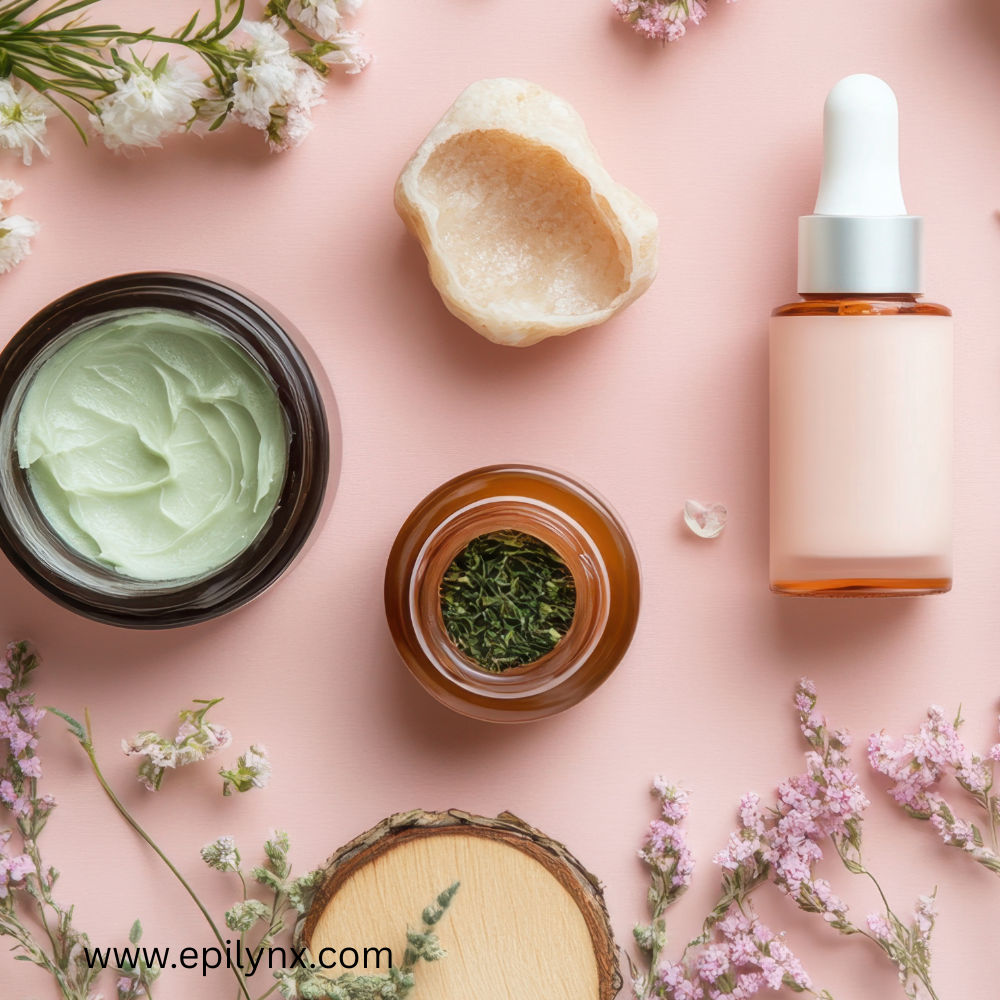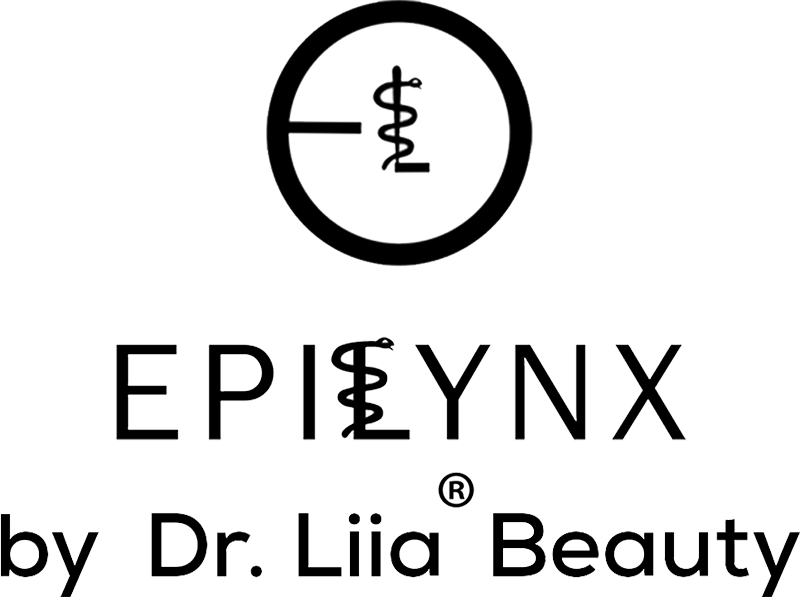Article: Skincare Secrets from History That Would Shock Dermatologists

Skincare Secrets from History That Would Shock Dermatologists
Beauty Has Always Been a Little… Dangerous
Before serums, toners, and SPF, people were mixing potions in their kitchens—and sometimes, it worked.
Other times? Not so much.
From deadly foundations to bizarre spa treatments involving crocodile poop, our ancestors went all in for beauty.
And honestly, thank goodness for allergen-safe, dermatologist-approved skincare, because these old-school secrets would send your derm into cardiac arrest.
Let’s take a time-traveling trip through the craziest skincare secrets in history—and learn what they got right, what went terrifyingly wrong, and how science (and EpiLynx) fixed it.
1. Cleopatra’s Crocodile Dung Facials 🐊💩
The Queen of the Nile was known for her beauty rituals—some luxurious, others… questionable.
Her favorite? Face masks made with crocodile dung and donkey milk.
-
The milk contained lactic acid (legit exfoliant).
-
The dung? Loaded with bacteria.
📌 What dermatologists say today: “Please don’t.”
📌 What EpiLynx does: Uses lactic acid, minus the reptiles.
2. Ancient Romans Used Lead for That “Healthy Glow” ☠️
Roman women applied white lead paste to get that smooth, porcelain look.
It worked—until their skin started peeling off. Chronic exposure led to lead poisoning, hair loss, and permanent damage.
📌 Fun fact: The same formula was used until the 1800s.
📌 Modern fix: Gluten-free, allergen-safe foundations that perfect your skin—without poisoning it.
3. The Renaissance Botox: Arsenic Water 💀
In the 1500s, pale skin was everything—so women drank arsenic-laced water to “brighten” their complexions.
Spoiler: it worked… by killing you slowly.
📌 Dermatologist verdict: “The glow is not worth it.”
📌 EpiLynx solution: Safe, vegan brightening serums that make you glow from care, not chemicals.
4. Victorian Acne Treatment = Sulfur, Ammonia, and Vinegar 😳
Before salicylic acid and niacinamide, Victorians treated acne with… cleaning products.
Their “toners” were basically sulfur and vinegar cocktails—strong enough to clean engines.
📌 Result: Red, raw, irritated skin.
📌 Modern upgrade: Allergen-safe exfoliants that soothe instead of strip.
5. Ancient Chinese Skincare Included Pearl Dust 🌟
Now this one’s actually fascinating.
For centuries, Chinese royals crushed real pearls into powder and mixed it with honey for smooth, luminous skin.
And science says… they were kind of right.
Pearl contains amino acids and calcium carbonate, which can support skin barrier health.
📌 Today, vegan versions of these minerals are used in sensitive-skin-friendly brighteners—no need to crush jewelry.
6. The 1920s Glow Was Radioactive ☢️
In the early 1900s, radioactive products were marketed as “energy skincare.”
Creams, powders—even toothpaste—contained radium.
Brands promised it would “revive tired skin.” Instead, it caused radiation burns and cancer.
📌 Modern lesson: Not everything “innovative” is safe.
📌 EpiLynx lesson: Safety is innovation.
7. Medieval Toner = Vinegar, Mercury, and Pig Fat 🐷
Women in medieval Europe used toners made of pig fat and mercury to whiten skin.
The combo stripped everything—including the skin barrier.
📌 Dermatologists today: “Your skin is not a chemistry lab.”
📌 EpiLynx alternative: Barrier-repair moisturizers made for sensitive skin.
8. Ancient Japanese Geishas Used Nightingale Droppings 😶🌫️
Known as uguisu no fun, these face masks were made with sterilized nightingale droppings.
The enzymes helped brighten the skin—but also carried a risk of bacterial infections.
📌 It’s still used in some luxury spas today (!).
📌 Or, you could just use allergen-safe niacinamide serums that deliver glow without the guano.
9. Early Cold Creams Contained Whale Oil 🐋
Before the word “cruelty-free” existed, skincare creams were made with spermaceti—a waxy oil harvested from sperm whales.
📌 Today, we use plant-based squalane that’s molecularly identical, without harming a single creature.
📌 Bonus: It’s better for sensitive skin too.
10. People Once Believed Dirt Was Good for You (No, Really) 🧼❌
In medieval times, bathing was thought to “open the pores” and invite illness.
So, people avoided washing—and covered odors with perfumes and powders.
📌 That “glow” you see in historical portraits? Oil. Lots of it.
📌 Thankfully, gluten-free cleansers and allergen-safe skincare now exist to keep you clean and healthy.
Bonus: The Ancient “Gluten Facial” 🍞
In 18th-century Europe, bakers believed that kneading dough softened their hands—so some women literally rubbed bread on their faces for moisture.
📌 Funny enough, it worked for hydration—but for people with gluten sensitivity or celiac disease, it would be a disaster.
📌 EpiLynx’s gluten-free skincare gives you the same softness—no bread required.
The Epilynx Promise
From lead paste to whale oil, skincare history is full of oops-moments.
At EpiLynx, we believe the next evolution of skincare isn’t luxury or trend—it’s safety and inclusion.
That’s why our products are:
🌾 Gluten-Free
🥜 Nut-Free
🥛 Soy & Dairy-Free
🌱 Vegan
🐰 Cruelty-Free
💚 Allergen-Safe
Because glowing skin shouldn’t come with a history lesson in toxicity.
Final Thought
From Cleopatra’s crocodile masks to radioactive face cream, the quest for flawless skin has always bordered on madness.
But now, we know better.
The future of beauty is smart, science-backed, and allergen-safe—and your skin deserves nothing less.
Because self-care shouldn’t come with side effects.

